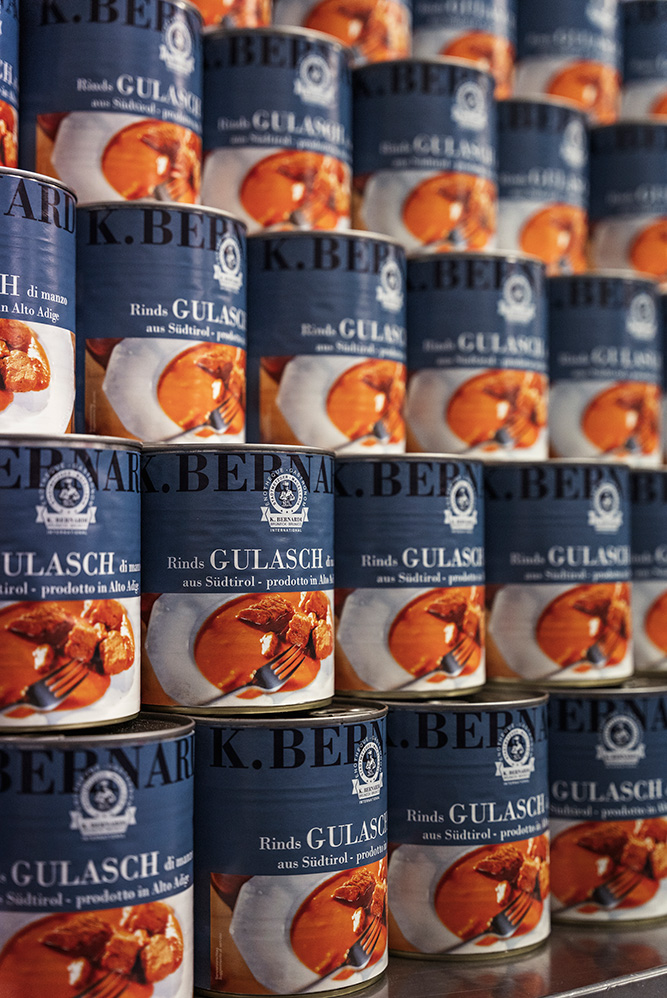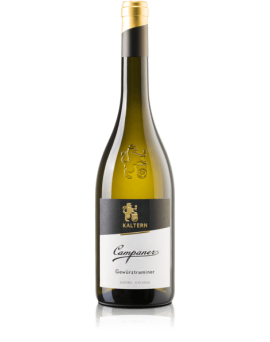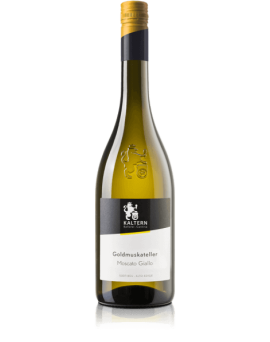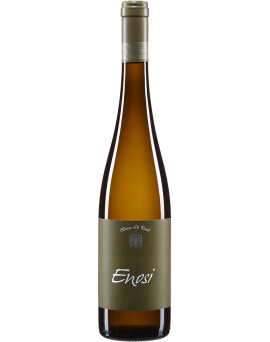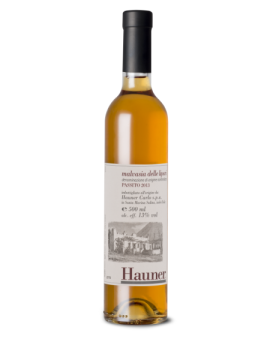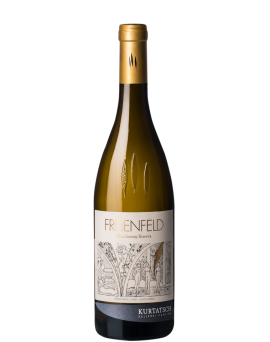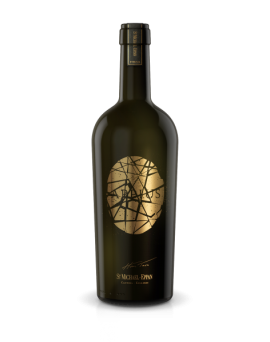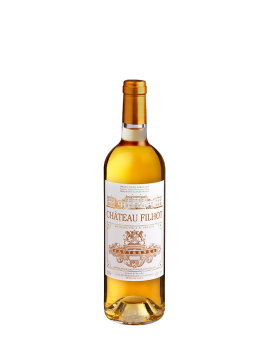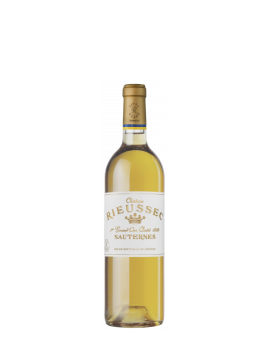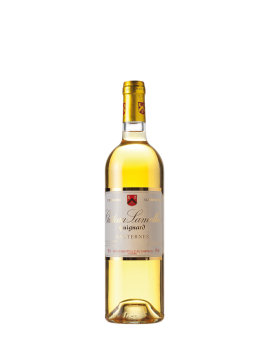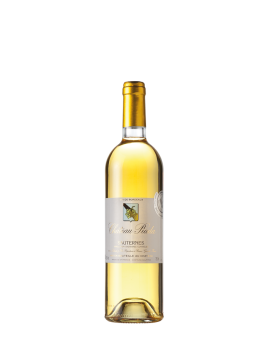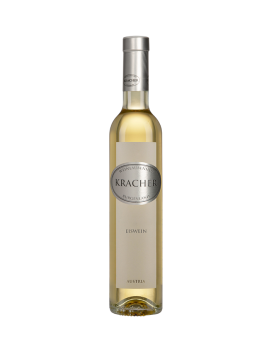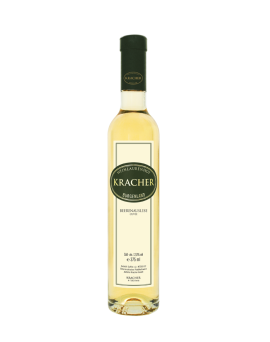Gewürztraminer Campaner...
Campaner Gewürztraminer DOC 2021<br /><br />Origin: the name Gewürztraminer goes back to Tramin, the neighbouring village of Kaltern, where this variety was first mentioned in documents in the 14th century. Whether<br />the variety really originated in Tramin is questionable. The fact is that it has a very long tradition in South Tyrol and produces excellent wines.<br /><br />Vintage: the winter months were predominantly sunny but decidedly cold. Temperatures rose only hesitantly even in spring, slowing down the development phase of the<br />vines. However, a warm and sunny start to the summer made up for this. August and July were very varied, so the grape harvest started relatively late on 9 September. The<br />rainy September was a great organisational challenge for our winegrowers, but finally the harvest was completed on 26 October with a very good result.<br /><br />Tasting notes:<br />- pale golden yellow<br />- intense nose, rose petals, lychee, cloves, cinnamon, some sage, complex and multilayered<br />- much volume on the palate, very clear and straightforward, tropical fruits in the long finish<br /><br />Recommendation: goes very well with prawns and flavourful fish as well as with Asian cuisine. Also try it with thinly sliced pancetta!<br /><br />Vinification: de-stemming of late harvested but perfectly healthy grapes; 12-hour cold maceration, pressing, natural must clarification, slow fermentation at a controlled<br />temperature of 18°C, ageing on fine lees for 5 months, filtration and bottling in March.<br /><br />Vineyard: south-facing slope at 450 to 500m above sea level. Clayey marl on primary rock (porphyry, granite).<br /><br />Grape variety(ies): Gewürztraminer<br />Age of the vines: 10 - 25 years<br />Drinking temperature: 11 - 13 °C<br />Maturity: 2022 - 2027<br />Yield: 40 hl/ha<br />Method of cultivation: wire frame<br />Alcohol: 14,5<br />Residual sugar: 7,5 g/l<br />Acidity: 5,6 g/l<br />Contains sulphites<br />
Price
€17.00

